Home>Gardening & Outdoor>Landscaping Ideas>When Does Bermuda Grass Turn Green
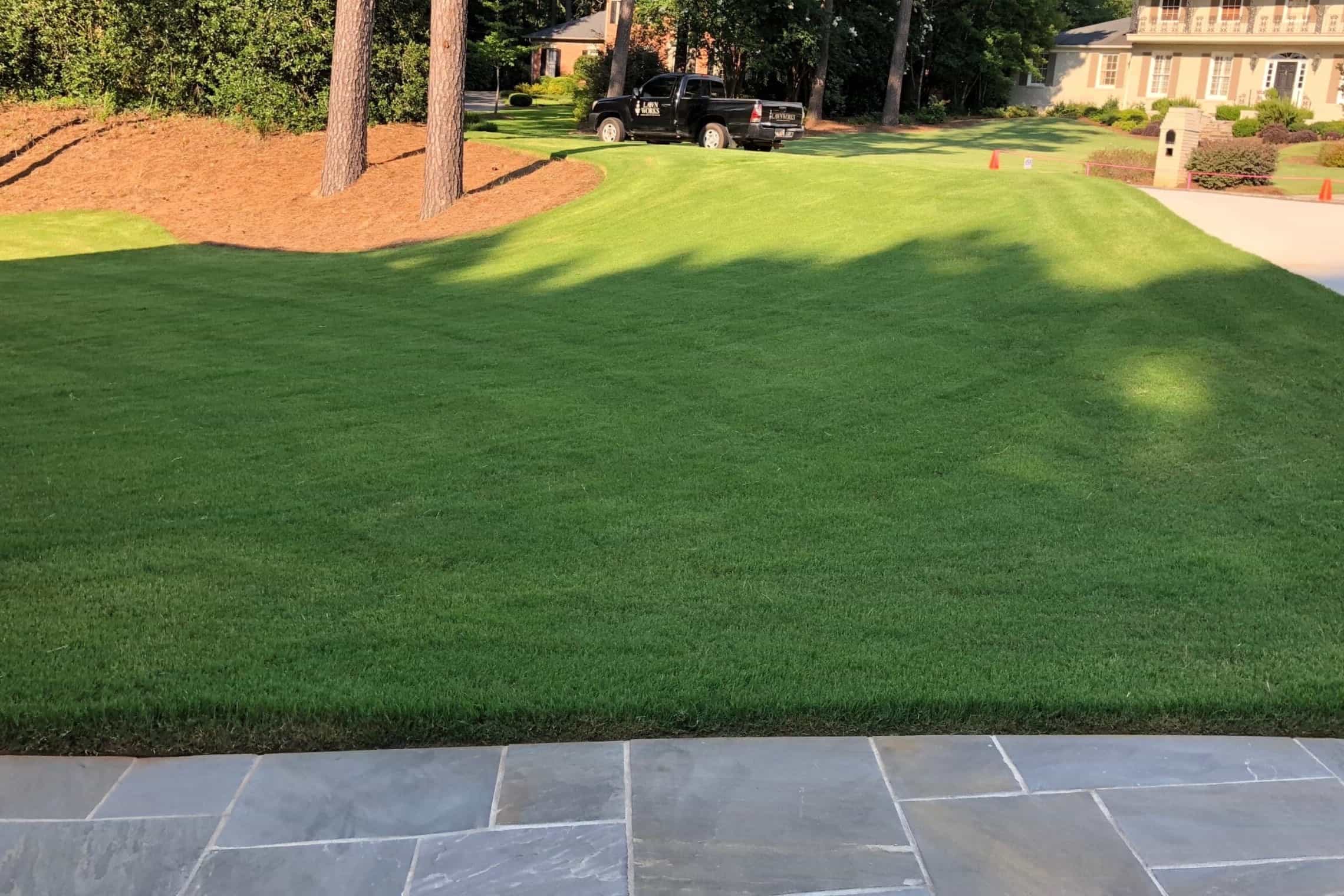

Landscaping Ideas
When Does Bermuda Grass Turn Green
Modified: August 27, 2024
Learn when Bermuda grass turns green and get landscaping ideas to enhance your lawn's appearance. Discover the best practices for maintaining a vibrant and healthy Bermuda grass lawn.
(Many of the links in this article redirect to a specific reviewed product. Your purchase of these products through affiliate links helps to generate commission for Storables.com, at no extra cost. Learn more)
**
Introduction
**
Bermuda grass, scientifically known as Cynodon dactylon, is a resilient warm-season turfgrass popular for its lush, green appearance. As the seasons change, many homeowners and landscapers eagerly anticipate the moment when their Bermuda grass transforms from a dormant, lackluster hue to a vibrant green carpet. Understanding the factors that influence the color change of Bermuda grass is essential for maintaining a healthy and visually appealing lawn.
In this comprehensive guide, we will delve into the intricacies of Bermuda grass and explore the science behind its color transformation. By uncovering the optimal conditions for Bermuda grass to turn green and providing practical maintenance tips, you will gain valuable insights into nurturing a verdant and thriving lawn. Whether you are a seasoned landscaper or a novice homeowner seeking to elevate your lawn care practices, this article will equip you with the knowledge to achieve stunning results. Let's embark on a journey to unravel the mysteries of Bermuda grass and discover the secrets to achieving a lush, green lawn that will be the envy of the neighborhood.
**
Key Takeaways:
- Bermuda grass turns green in warm temperatures, with full sun exposure and proper watering. Maintaining a consistent mowing height and applying balanced fertilizer are essential for vibrant, lush green grass.
- Understanding Bermuda grass’s resilience and seasonal behavior is key to nurturing a visually stunning lawn. Implementing targeted maintenance practices, such as aeration and weed control, ensures the sustained vibrancy of Bermuda grass.
Read more: How To Get Green Bermuda Grass
Understanding Bermuda Grass
**
Before delving into the factors influencing the color transformation of Bermuda grass, it is essential to comprehend the nature of this resilient turfgrass. Bermuda grass is renowned for its exceptional tolerance to heat, drought, and foot traffic, making it a popular choice for lawns, golf courses, and athletic fields in warm climates. This warm-season grass thrives in full sun and exhibits vigorous growth during the hot summer months.
One of the defining characteristics of Bermuda grass is its ability to enter a dormant state during the cooler months, causing its vibrant green color to fade. This dormancy is a natural survival mechanism that allows the grass to conserve energy and withstand adverse environmental conditions. As temperatures drop, Bermuda grass gradually transitions from its lush green hue to a straw-like tan or brown color, signaling its dormancy phase.
Despite its dormancy, Bermuda grass remains resilient and can quickly rebound when favorable conditions return. Its extensive root system enables it to recover rapidly, initiating new growth as temperatures rise and daylight hours increase. Understanding the seasonal behavior of Bermuda grass is crucial for effectively managing its care and ensuring a successful transition to a vibrant green lawn.
Furthermore, Bermuda grass exhibits remarkable adaptability, thriving in a variety of soil types and demonstrating excellent drought tolerance. Its robust nature and capacity to withstand challenging conditions make it a sought-after choice for landscapes that demand a durable and visually appealing turfgrass.
By comprehending the unique characteristics and growth patterns of Bermuda grass, you can implement tailored care practices to support its transition to a lush green state. The next section will explore the factors that influence the color change of Bermuda grass, shedding light on the key considerations for achieving a verdant and vibrant lawn.
**
Factors Affecting Bermuda Grass Color
**
The color of Bermuda grass is influenced by a myriad of factors, each playing a significant role in determining the vibrancy and health of the turfgrass. Understanding these factors is essential for effectively managing the color transition of Bermuda grass and maintaining an aesthetically pleasing lawn throughout the year.
1. Temperature: The color of Bermuda grass is intricately linked to temperature variations. As temperatures drop during the cooler months, Bermuda grass enters a dormant state, causing its vibrant green color to fade. Conversely, when temperatures rise, the grass undergoes a revitalization, transitioning to a lush green hue indicative of active growth.
2. Sunlight Exposure: Bermuda grass thrives in full sun, and adequate sunlight is crucial for promoting its green color. Insufficient sunlight can lead to pale or yellowing grass, signaling a decline in chlorophyll production and photosynthetic activity. Ensuring that Bermuda grass receives ample sunlight is imperative for sustaining its vibrant green appearance.
3. Soil Nutrients: The availability of essential nutrients in the soil profoundly impacts the color and overall health of Bermuda grass. Nitrogen, in particular, plays a pivotal role in promoting lush green growth. A deficiency in nitrogen can result in yellowing or stunted growth, detracting from the desired green coloration of the grass.
4. Watering Practices: Proper irrigation is crucial for sustaining the green color of Bermuda grass. Inadequate watering can lead to stress-induced color changes, with the grass taking on a dull, brownish hue. Conversely, overwatering can result in nutrient leaching and oxygen deprivation in the soil, adversely affecting the grass’s color and vigor.
5. Maintenance Regimen: Regular mowing, aeration, and dethatching are integral components of Bermuda grass maintenance. A well-executed maintenance routine promotes healthy growth and contributes to the grass’s vibrant green appearance. Conversely, neglecting essential maintenance practices can impede the grass’s color transition and overall vitality.
By recognizing the multifaceted influences on Bermuda grass color, you can proactively address these factors to optimize the grass’s visual appeal and health. The subsequent section will delve into the optimal conditions necessary for Bermuda grass to turn green, providing actionable insights for fostering a verdant and thriving lawn.
**
Bermuda grass turns green in late spring when the temperature consistently stays above 60°F (15°C). It thrives in warm weather and sunlight.
Optimal Conditions for Bermuda Grass to Turn Green
**
Creating the ideal environment for Bermuda grass to transition to a vibrant green hue requires careful attention to various factors that influence its growth and coloration. By understanding and implementing optimal conditions, you can facilitate the rejuvenation of Bermuda grass, leading to a lush and visually appealing lawn.
1. Temperature: Bermuda grass thrives in warm temperatures, typically exhibiting its vibrant green color during the peak of summer. As temperatures consistently rise above 75°F (24°C), Bermuda grass enters its active growth phase, resulting in the lush green appearance that homeowners and landscapers covet. Ensuring that the grass receives adequate warmth is essential for stimulating its transition to a verdant hue.
2. Sunlight Exposure: Full sun exposure is paramount for promoting the green coloration of Bermuda grass. Positioning the lawn in an area that receives ample sunlight throughout the day is crucial for sustaining the grass’s vibrant appearance. Additionally, minimizing shade from structures or trees will further enhance the grass’s ability to thrive and exhibit its characteristic green color.
3. Soil Nutrients: Providing the necessary nutrients, particularly nitrogen, is essential for encouraging the green growth of Bermuda grass. Applying a balanced fertilizer with a focus on nitrogen during the active growing season can bolster the grass’s color and vigor, contributing to its lush green appearance.
4. Adequate Watering: Maintaining optimal soil moisture is critical for supporting the green coloration of Bermuda grass. Deep, infrequent watering sessions that penetrate the root zone promote healthy growth and vibrant color. Striking a balance between hydration and soil drainage is vital for sustaining the grass’s lush green hue.
5. Proper Maintenance: Implementing a consistent and well-rounded maintenance regimen is instrumental in fostering the green coloration of Bermuda grass. Regular mowing at the appropriate height, aeration to enhance soil oxygenation, and dethatching to minimize turf compaction collectively contribute to the grass’s ability to turn and remain green.
By aligning these optimal conditions, you can create an environment conducive to the rejuvenation of Bermuda grass, facilitating its transition to a vibrant green state. The following section will provide practical tips for maintaining green Bermuda grass, empowering you to nurture a stunning and resilient lawn.
**
Tips for Maintaining Green Bermuda Grass
**
Ensuring that Bermuda grass maintains its lush green coloration requires a proactive and attentive approach to lawn care. By implementing targeted maintenance practices, you can sustain the vibrancy and health of the grass, resulting in a visually stunning and resilient lawn.
1. Proper Mowing: Regular mowing at the appropriate height is crucial for promoting the green coloration of Bermuda grass. Maintaining a mowing height of around 1 to 1.5 inches (2.5 to 3.8 cm) encourages dense growth and vibrant color. Avoiding excessively low mowing heights preserves the grass’s vigor and green appearance.
2. Adequate Watering: Employing a deep and infrequent watering schedule is essential for sustaining the green hue of Bermuda grass. Providing the lawn with approximately 1 to 1.5 inches (2.5 to 3.8 cm) of water per week, either through irrigation or rainfall, supports healthy growth and vibrant coloration. Monitoring soil moisture levels and adjusting watering practices accordingly is pivotal for maintaining the grass’s lush green appearance.
3. Fertilization: Applying a balanced fertilizer with an emphasis on nitrogen during the active growing season is instrumental in promoting the green growth of Bermuda grass. Utilizing a slow-release nitrogen fertilizer fosters sustained coloration and vigorous growth, contributing to the grass’s overall visual appeal.
4. Aeration and Dethatching: Periodic aeration and dethatching are vital components of Bermuda grass maintenance. Aeration enhances soil oxygenation and promotes nutrient uptake, bolstering the grass’s ability to maintain its green color. Similarly, dethatching minimizes turf compaction, allowing the grass to thrive and exhibit its characteristic vibrancy.
5. Weed Control: Effectively managing weeds within the lawn is essential for preserving the green coloration of Bermuda grass. Unwanted weeds can compete for essential nutrients and water, potentially detracting from the grass’s visual appeal. Implementing targeted weed control measures safeguards the grass’s lush green appearance.
By adhering to these maintenance tips, you can cultivate a thriving and visually captivating Bermuda grass lawn. Consistent attention to proper mowing, watering, fertilization, and maintenance practices will contribute to the sustained green coloration and overall health of the grass, elevating the beauty of your outdoor landscape.
**
Conclusion
**
Embarking on the journey to understand Bermuda grass and its color transformation has unveiled the intricate interplay of environmental factors, maintenance practices, and optimal conditions that contribute to its lush green appearance. By gaining insight into the seasonal behavior of Bermuda grass and the influences shaping its coloration, you are equipped with the knowledge to nurture a vibrant and resilient lawn that captivates the senses.
Throughout this guide, we have explored the resilient nature of Bermuda grass, its propensity for dormancy during cooler months, and its remarkable adaptability to diverse environmental conditions. Understanding the multifaceted factors affecting the color of Bermuda grass has illuminated the significance of temperature, sunlight exposure, soil nutrients, watering practices, and maintenance regimens in sustaining its vibrant green hue.
Furthermore, by delving into the optimal conditions necessary for Bermuda grass to turn green, we have unveiled the pivotal role of temperature, sunlight exposure, soil nutrients, watering practices, and proper maintenance in fostering the grass’s rejuvenation. Aligning these optimal conditions sets the stage for a visually stunning and thriving lawn that serves as a testament to your attentive care and dedication.
Armed with practical tips for maintaining green Bermuda grass, including insights on proper mowing, adequate watering, fertilization, aeration and dethatching, and weed control, you are empowered to cultivate a verdant and captivating outdoor landscape. Consistent application of these maintenance practices will ensure that your Bermuda grass remains a vibrant centerpiece, enriching your outdoor space with its lush green coloration.
In closing, the journey to uncover the secrets of Bermuda grass and its transition to a vibrant green state has provided you with the tools to nurture a visually stunning and resilient lawn. By embracing the nuances of Bermuda grass care and implementing targeted strategies, you are poised to revel in the beauty of a lush and vibrant outdoor oasis that beckons admiration and appreciation.
May your Bermuda grass thrive and flourish, adorning your landscape with its timeless allure and inviting charm.
Frequently Asked Questions about When Does Bermuda Grass Turn Green
Was this page helpful?
At Storables.com, we guarantee accurate and reliable information. Our content, validated by Expert Board Contributors, is crafted following stringent Editorial Policies. We're committed to providing you with well-researched, expert-backed insights for all your informational needs.
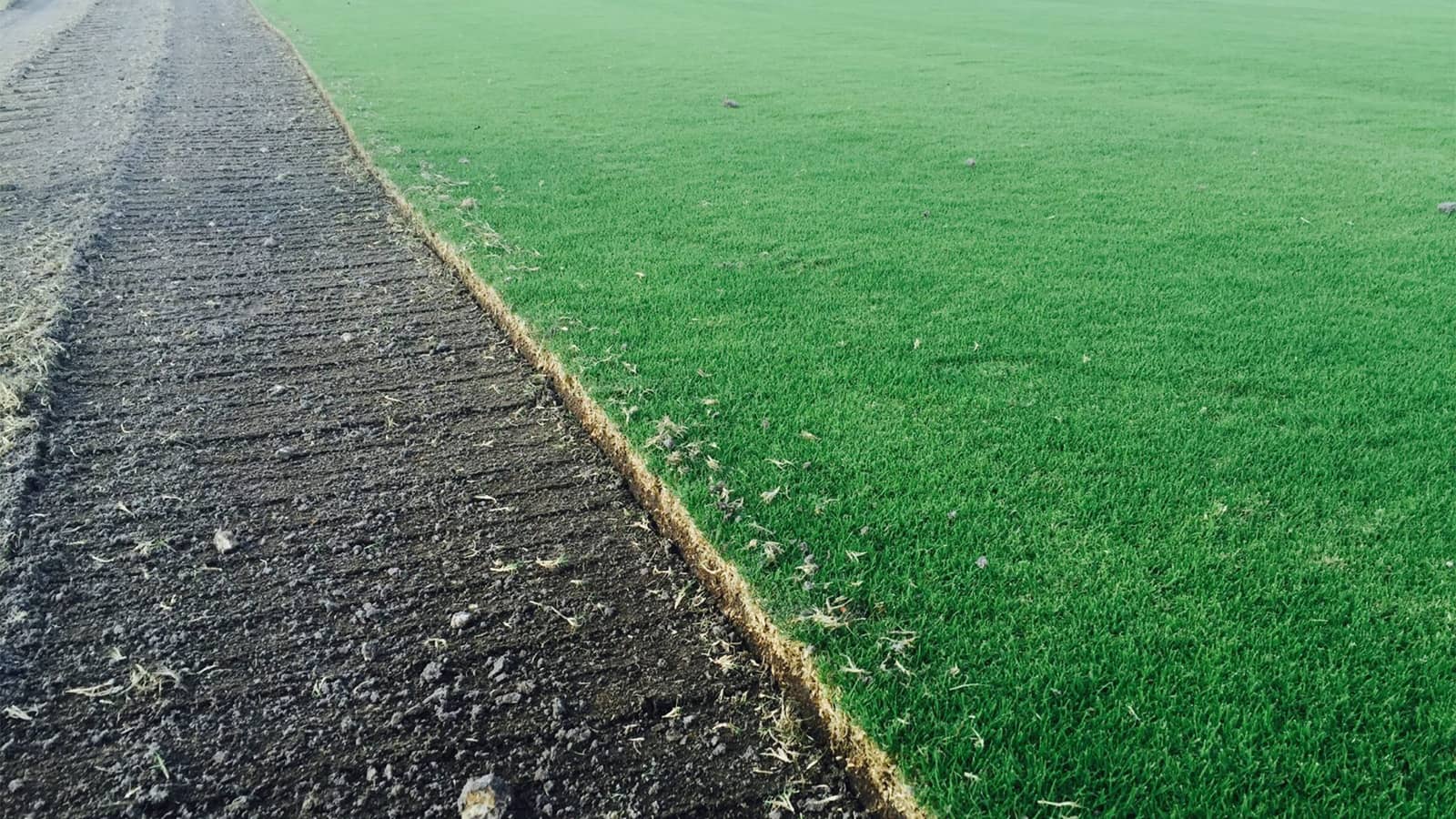
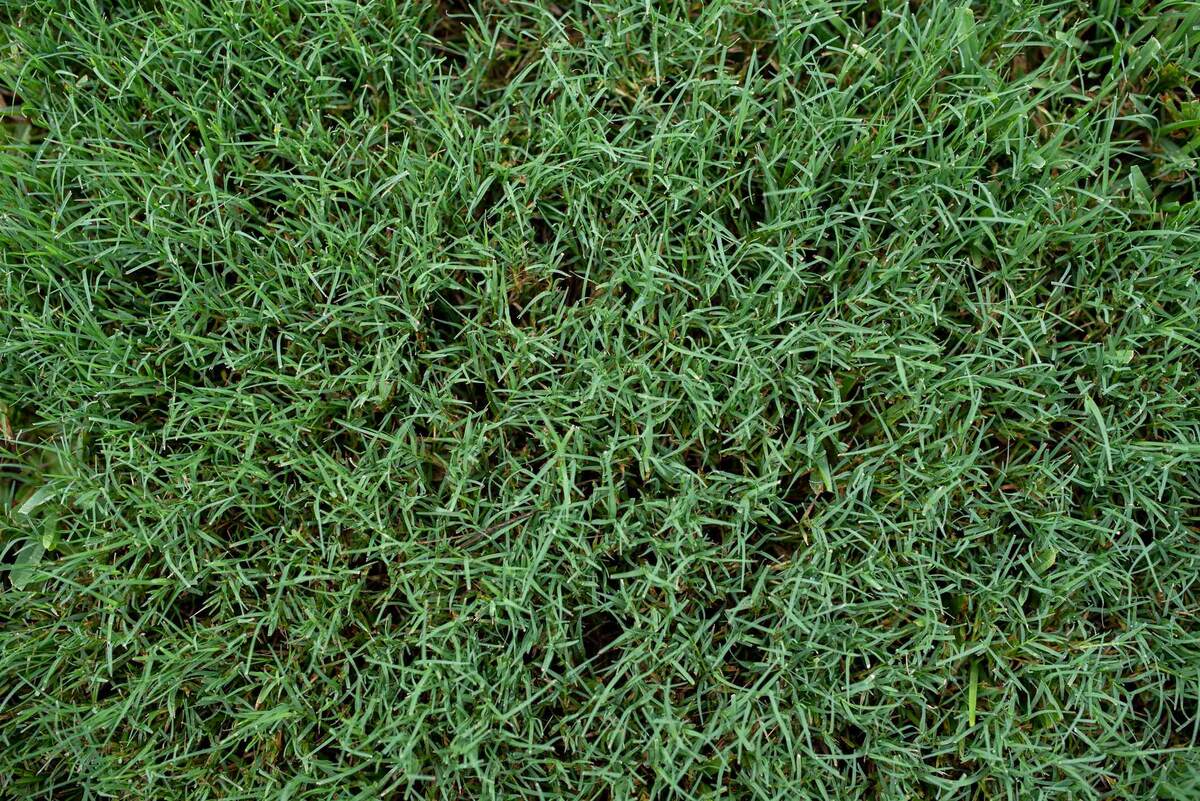
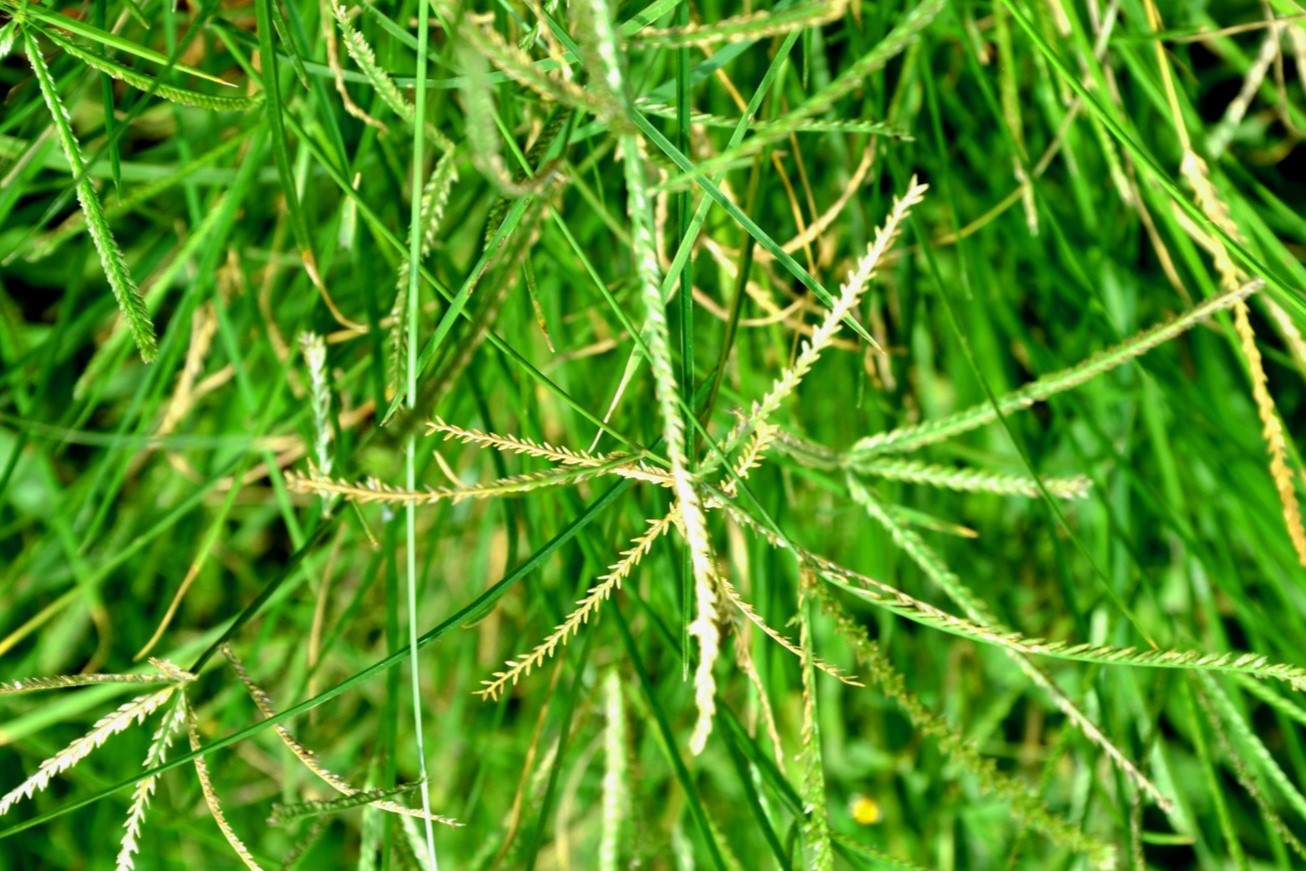
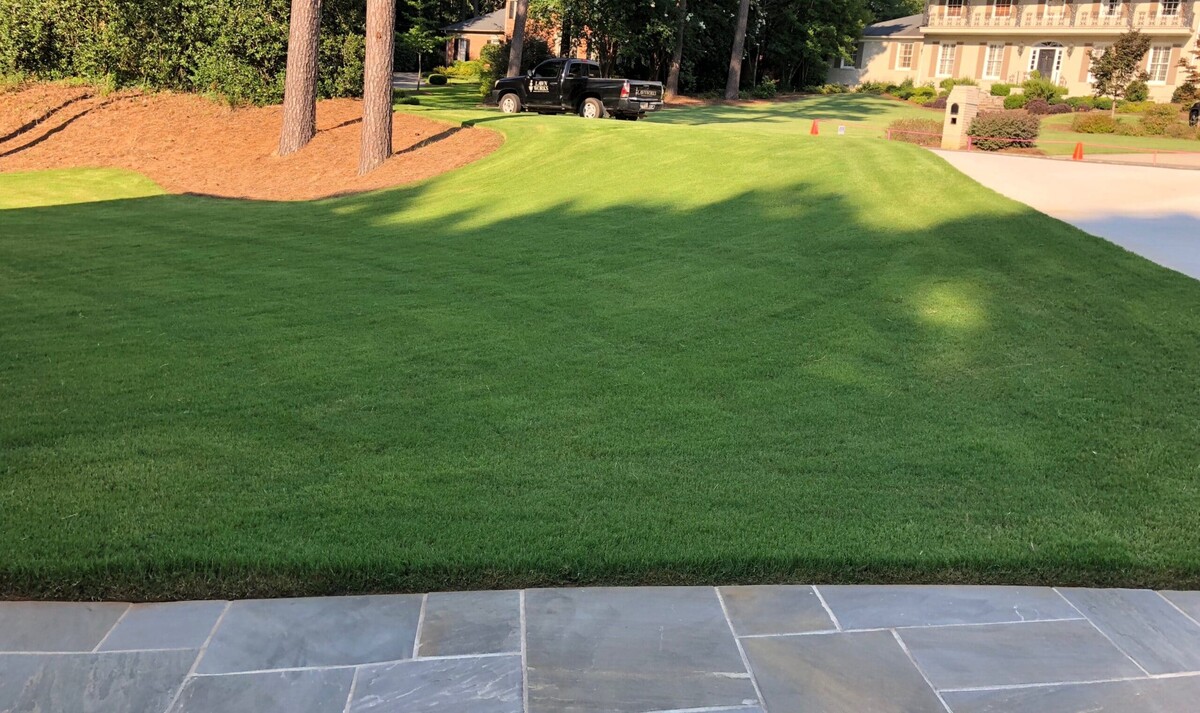
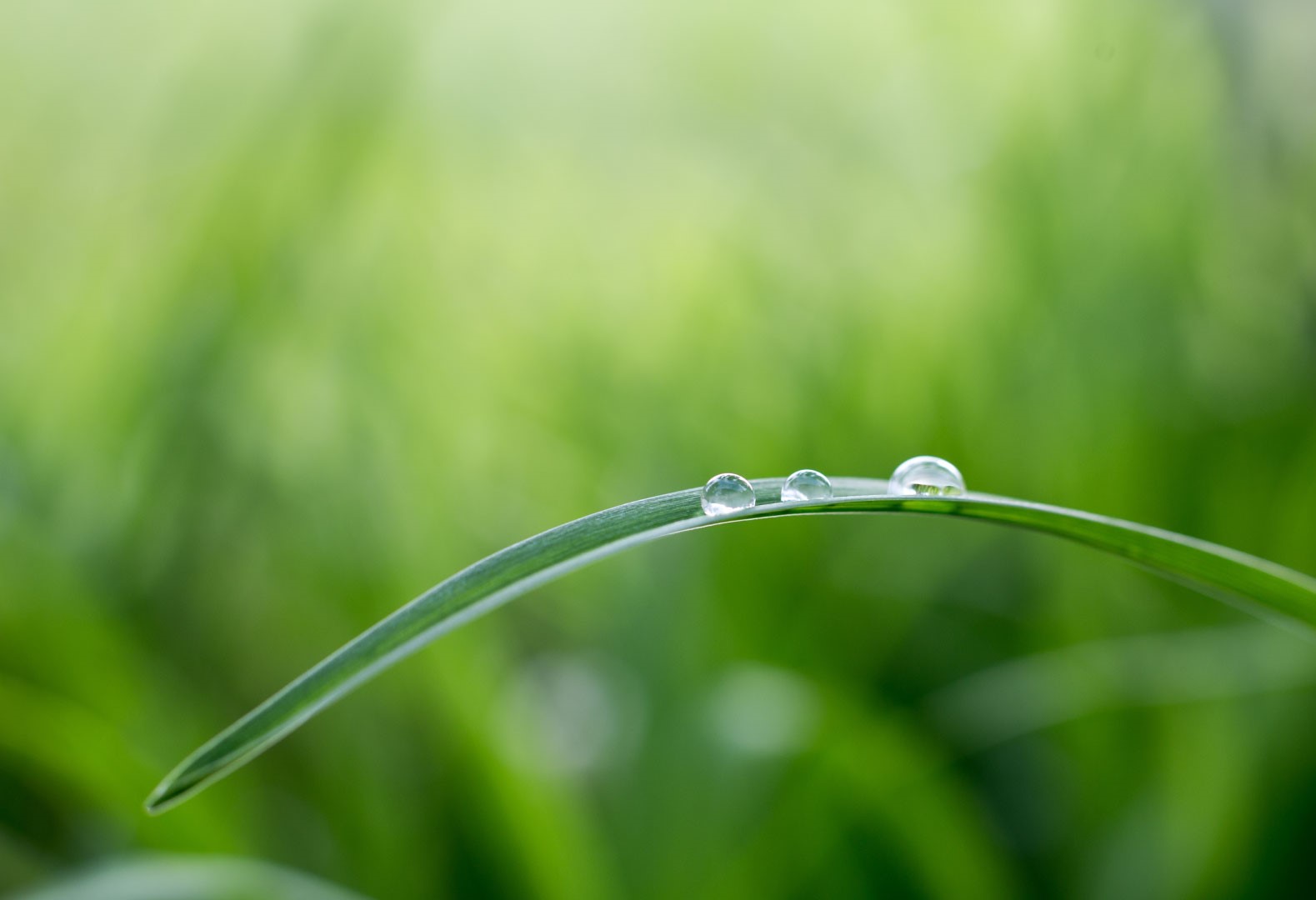
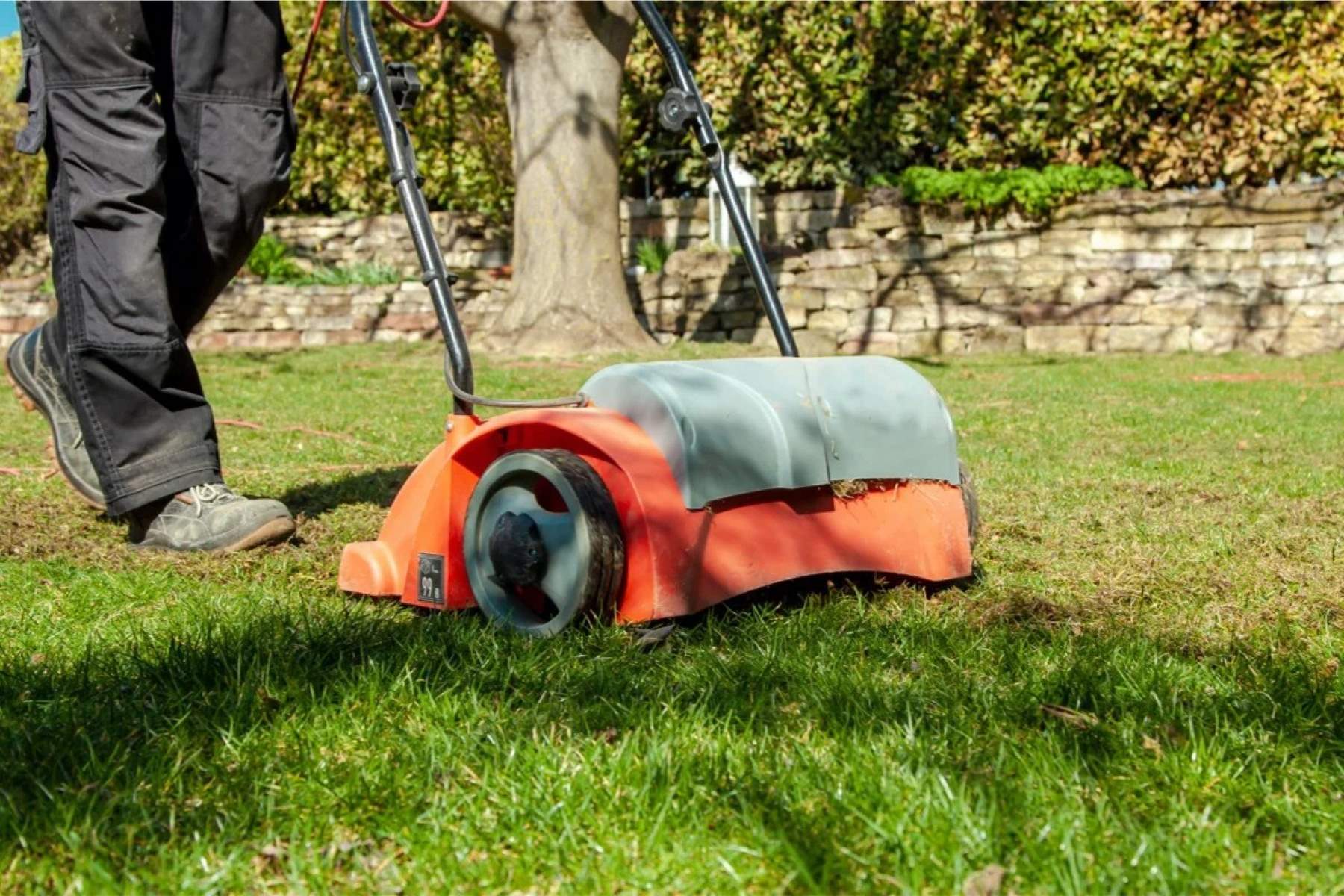
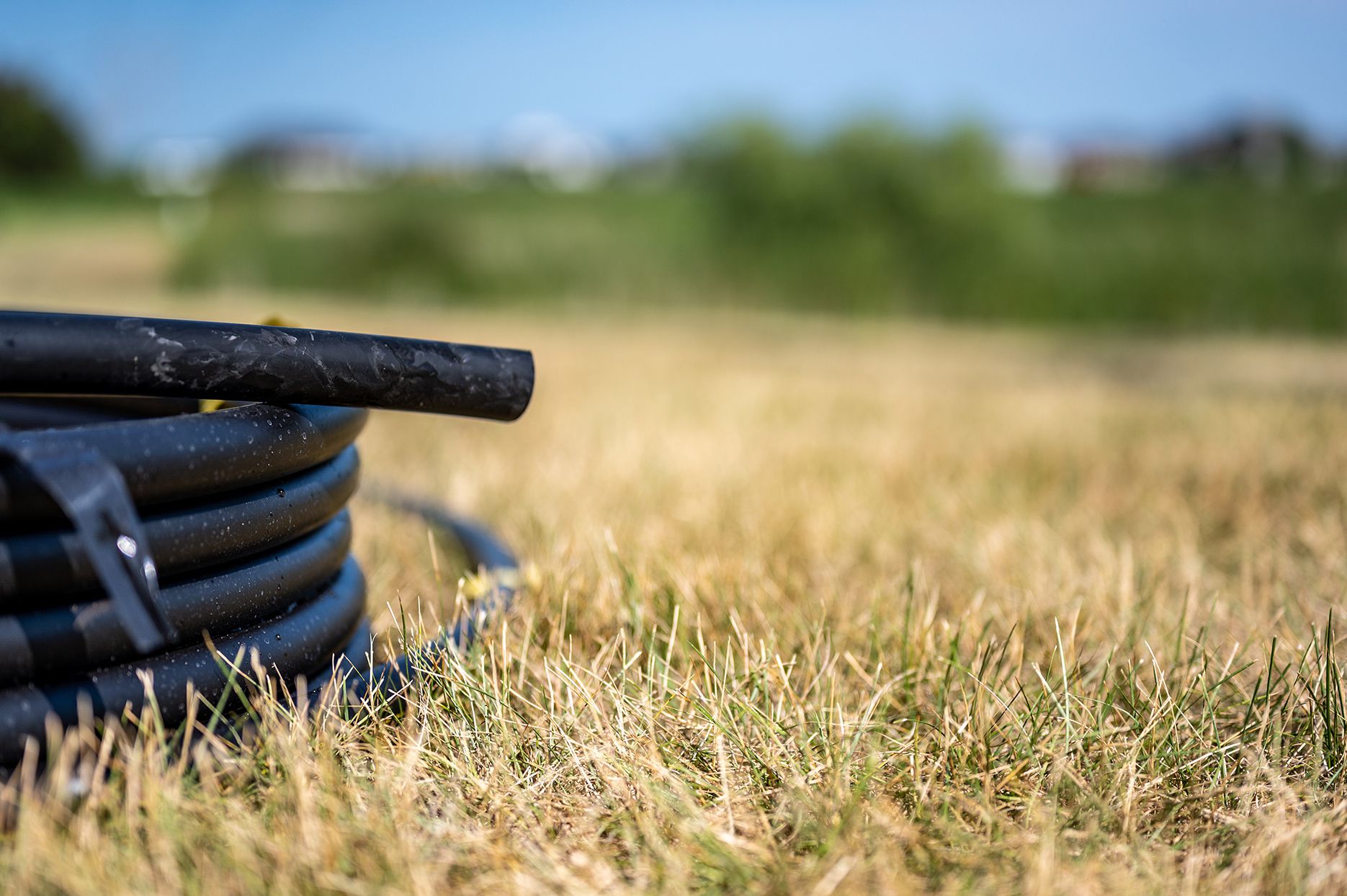
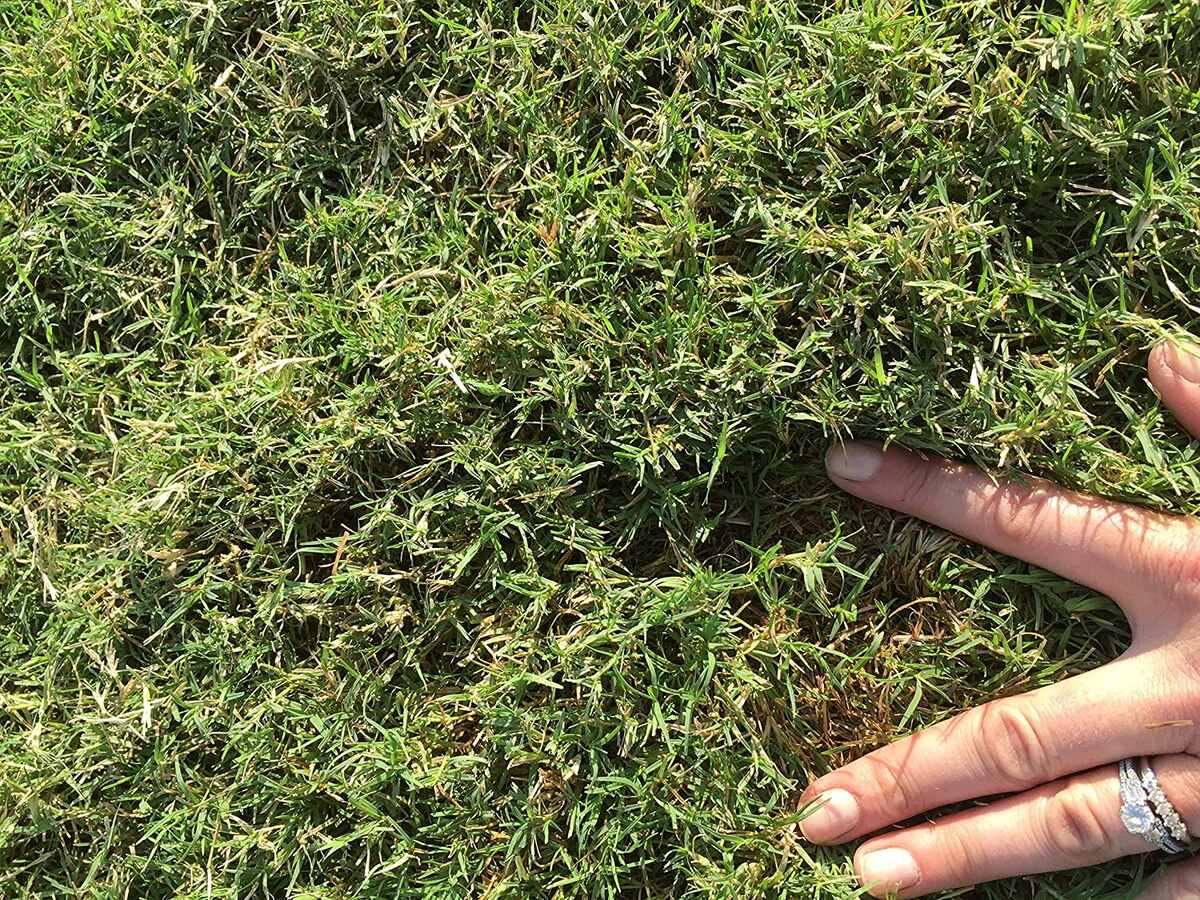

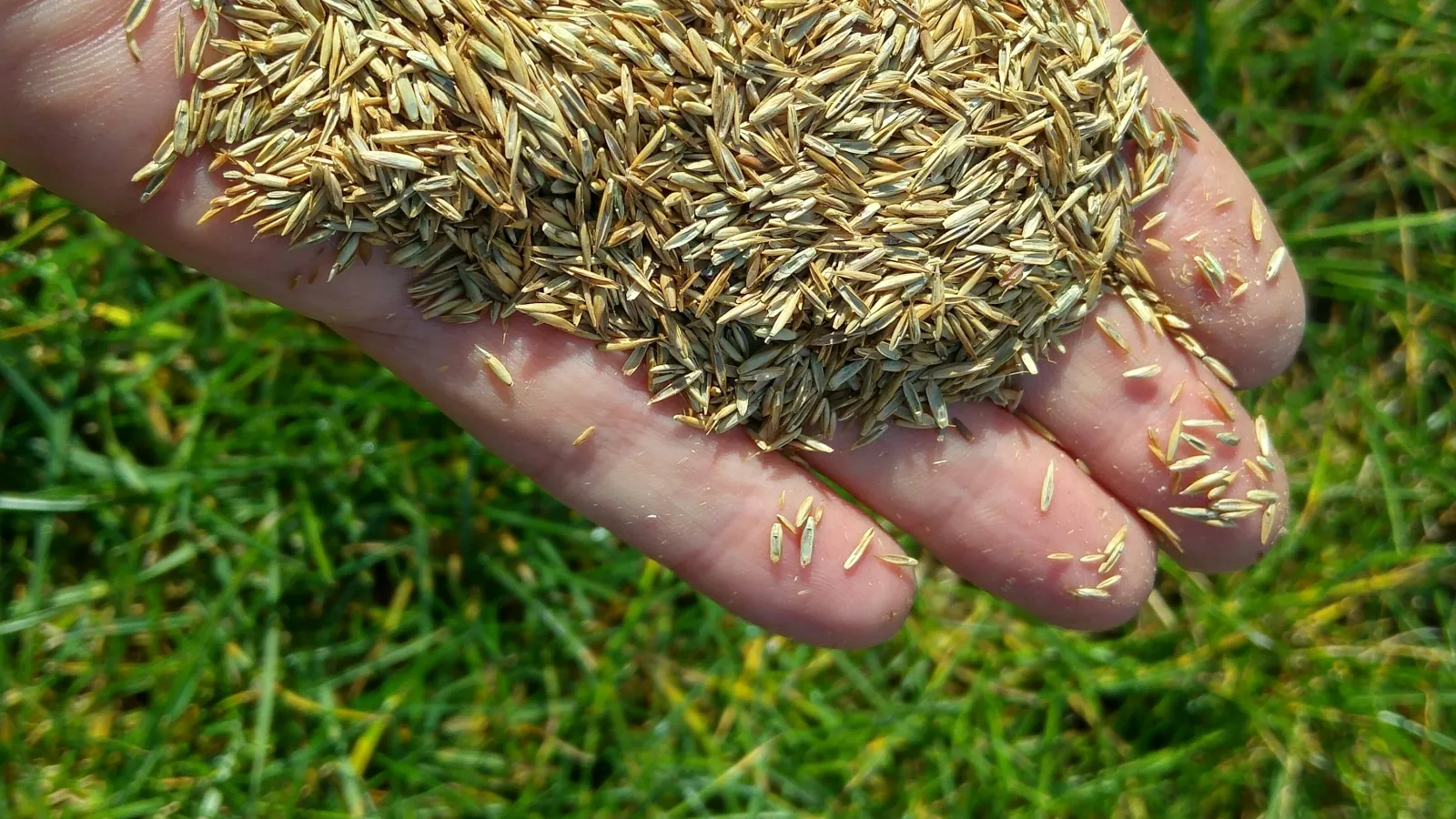
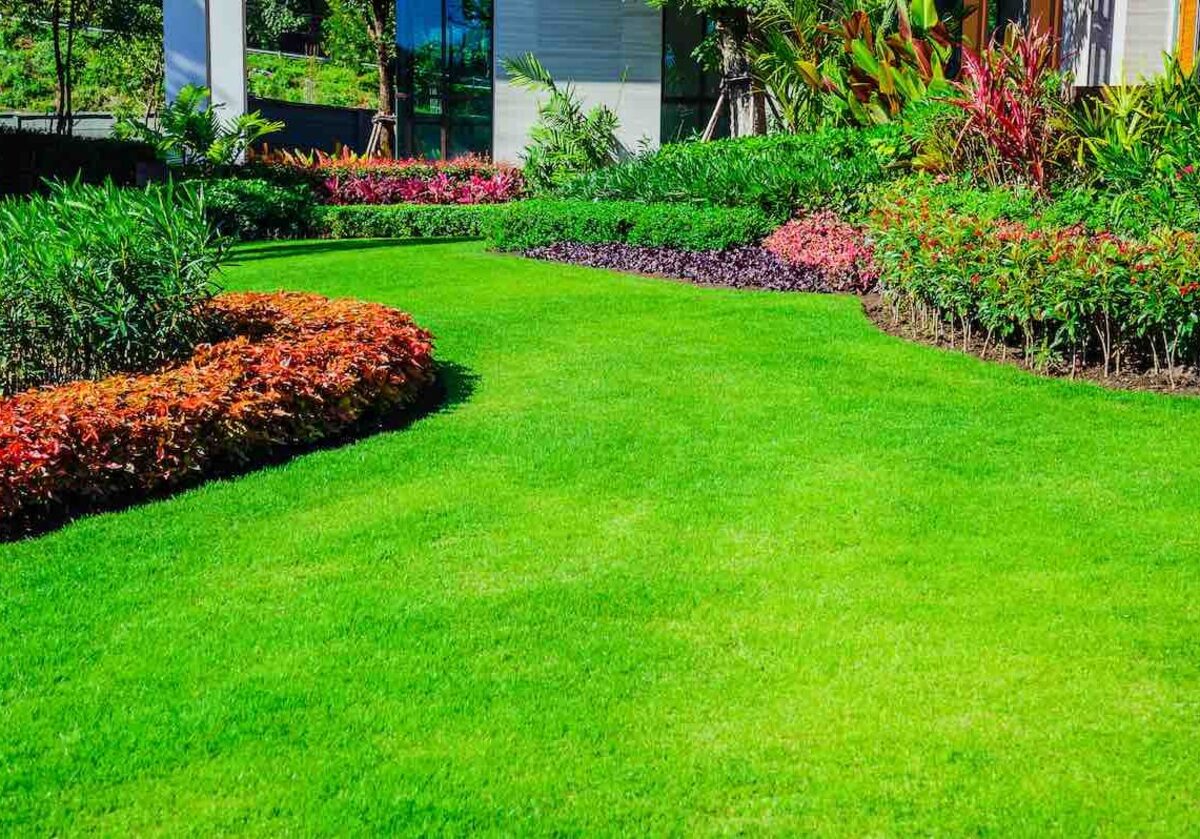
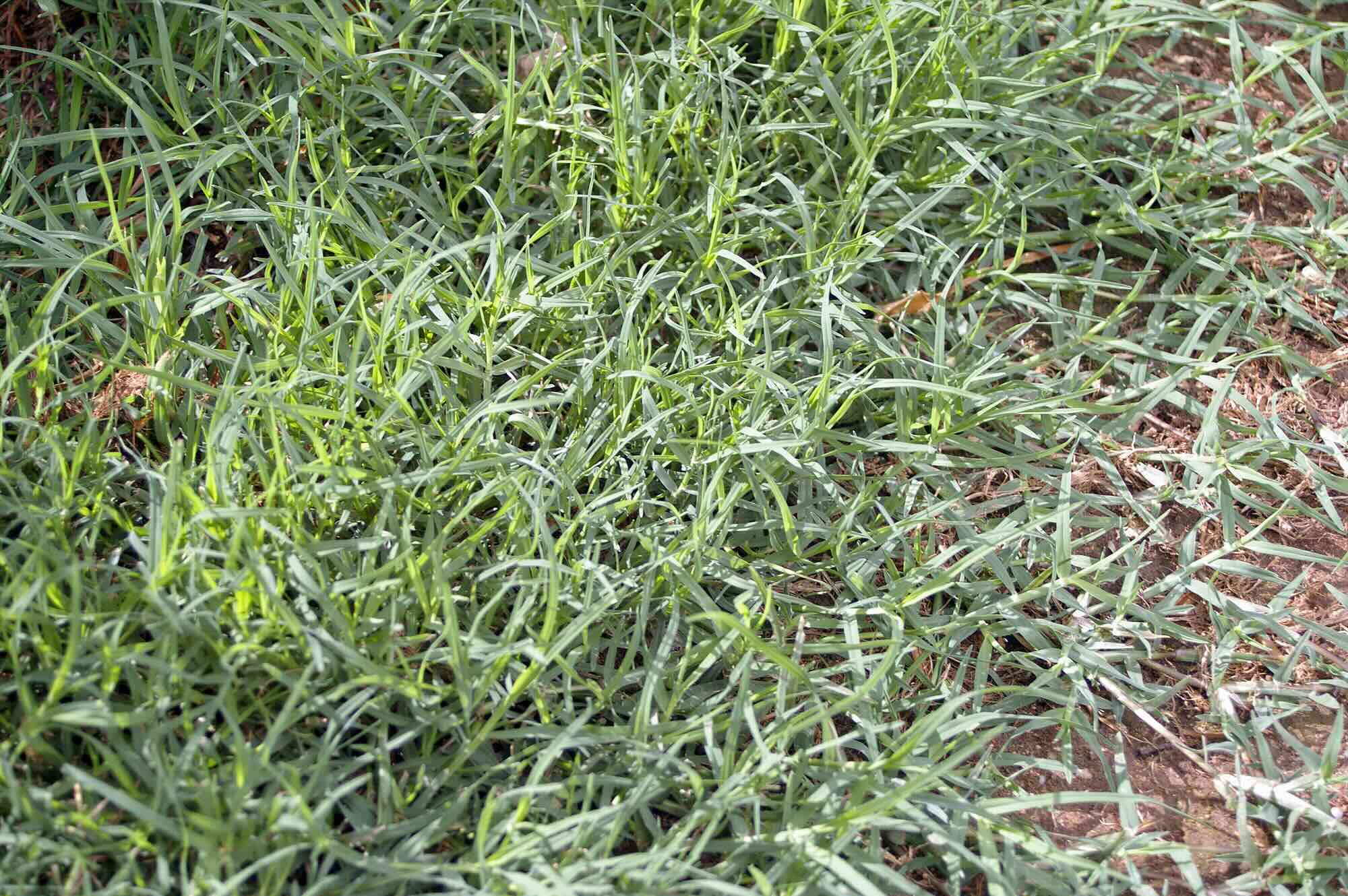
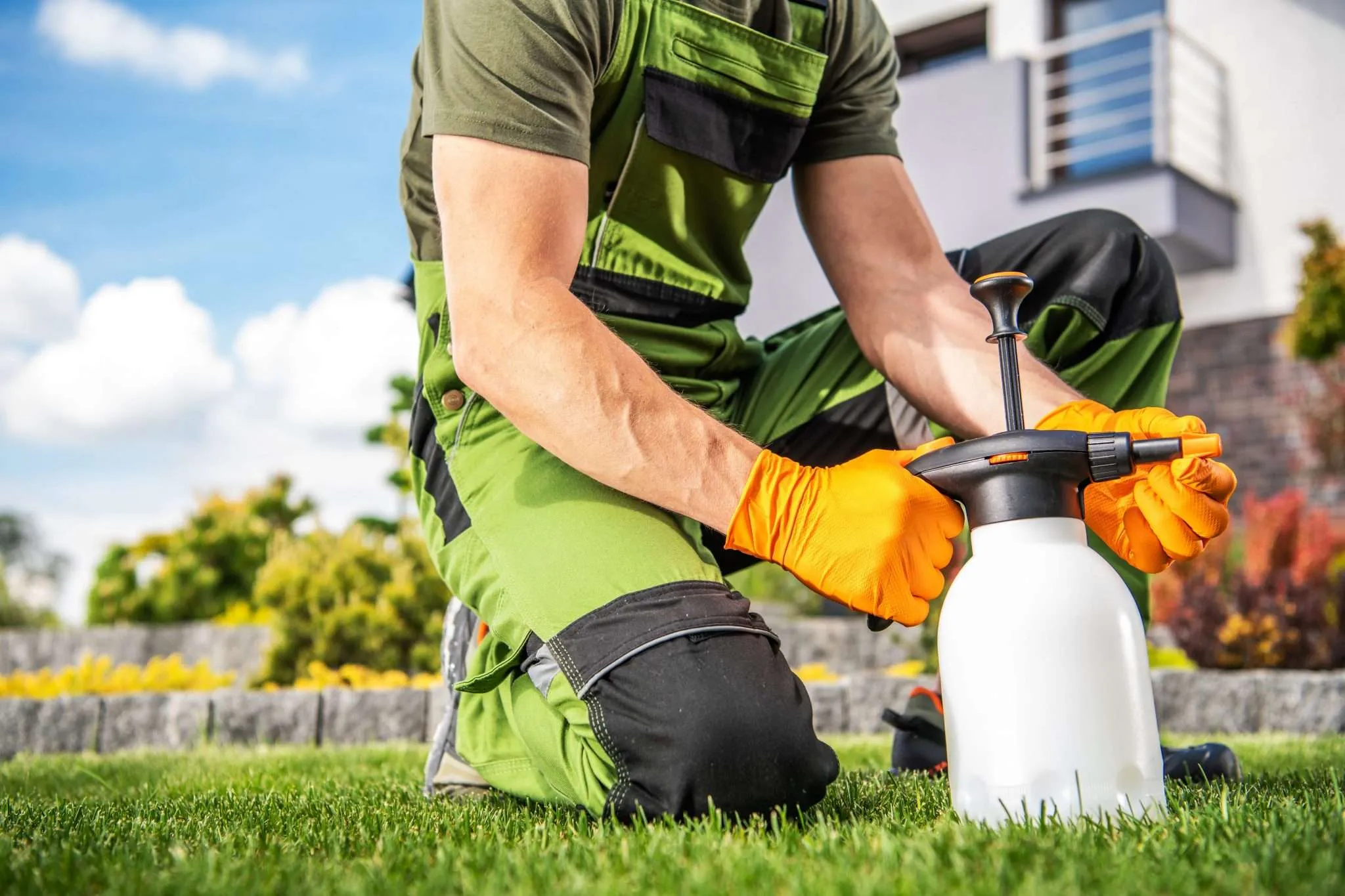
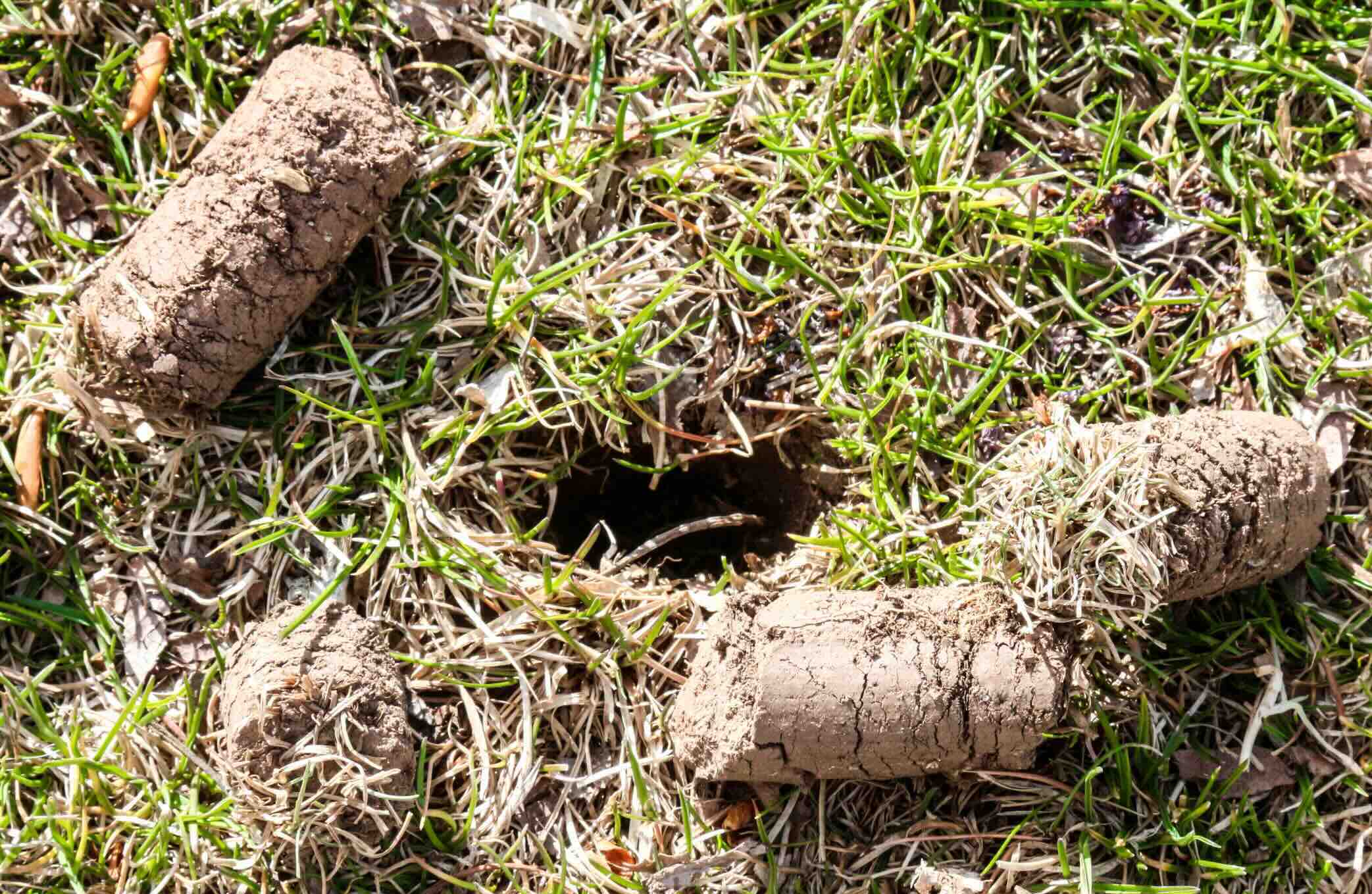

0 thoughts on “When Does Bermuda Grass Turn Green”